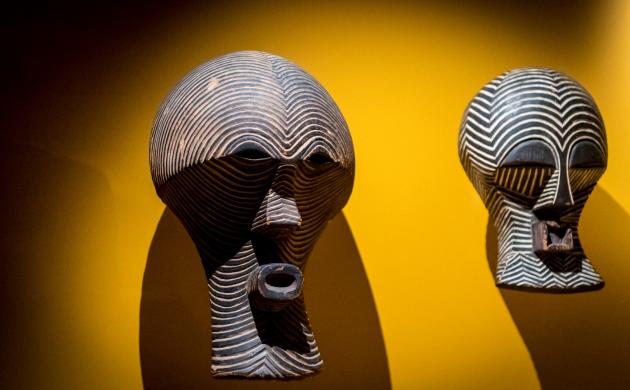The Congolese collection kept in the MAS still has many blind spots: How did cultural objects disappear from Congolese communities? Did this happen legitimately or was it accompanied by violence or coercion? And what do they mean to them today? With a provenance research, the MAS tried to answer those questions.
From 28 May to 13 October 2024, the first results were presented in the last room of the Visible Storage (+2). You could delve into the history of three key pieces studied, from their creation in Congo to their inclusion in an Antwerp museum. You learned about the circumstances in which they were obtained and how this provenance research was full of challenges.
One of the most fascinating aspects of this project was the collaboration with researchers in the Democratic Republic of the Congo, led by Prof. Dr. Donatien Dibwe dia Mwembu (Université de Lubumbashi). They collected new oral testimonies about the objects. By juxtaposing these Congolese memories with information from archives and historical publications, the MAS gained a deeper insight into the long history of these cultural artefacts.
The MAS sees provenance research not only as a way of trying to fill in blind spots in the collection, but also as an opportunity to work more closely with the Belgo-Congolese diaspora and communities in Congo itself. Among other things, you could see a video film of an artistic performance. This was made on the initiative of the WAZA arts centre in Lubumbashi.



